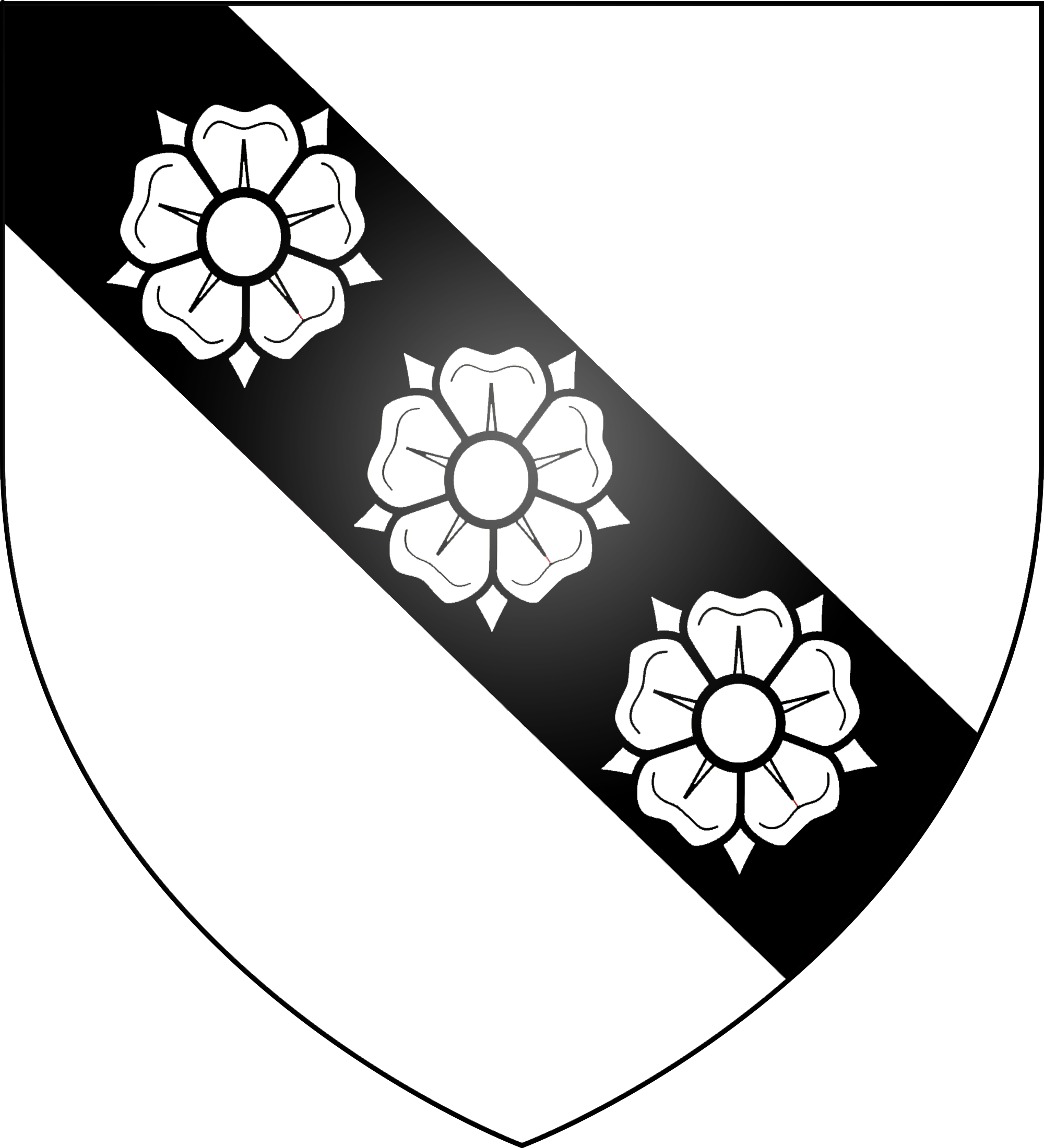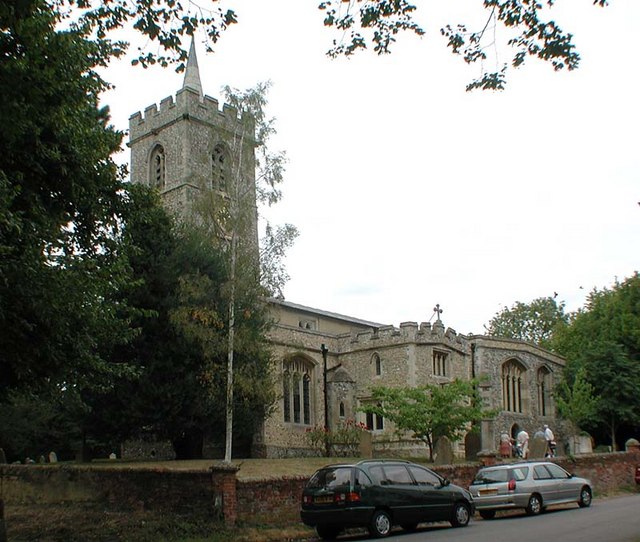|
Thremhall Priory
Thremhall Priory was a community of Augustinian Canons in Great Hallingbury, Essex, England. It was probably founded in around 1150 by Gilbert de Montfichet or else by his son Richard de Montfichet the Elder. It was dissolved in 1536 and re-granted to Sir John Cary and his betrothed, the widow Joyce Walsingham (née Denny; mother of Sir Francis Walsingham), with all its possessions, which included the manors of Thremhall, ''Engeyneshall'' (now Gidea Hall) in Little Clacton and Beches in Furneux Pelham. There are no remains of the priory buildings, the site of which is now occupied by an 18th-century house, but the outlines of the moat and fishpond are still visible. References Further readingListed Buildings Monasteries in Essex Augustinian monasteries in England {{UK-Christian-monastery-stub ... [...More Info...] [...Related Items...] OR: [Wikipedia] [Google] [Baidu] |
Augustinian Canons
Canons regular are priests who live in community under a rule ( and canon in greek) and are generally organised into religious orders, differing from both secular canons and other forms of religious life, such as clerics regular, designated by a partly similar terminology. Preliminary distinctions All canons regular are to be distinguished from secular canons who belong to a resident group of priests but who do not take public vows and are not governed in whatever elements of life they lead in common by a historical Rule. One obvious place where such groups of priests are required is at a cathedral, where there were many Masses to celebrate and the Divine Office to be prayed together in community. Other groups were established at other churches which at some period in their history had been considered major churches, and (often thanks to particular benefactions) also in smaller centres. As a norm, canons regular live together in communities that take public vows. Their early ... [...More Info...] [...Related Items...] OR: [Wikipedia] [Google] [Baidu] |
Great Hallingbury
__NOTOC__ Great Hallingbury is a village and a civil parish in the Uttlesford District of Essex, England. The population of the civil parish at the 2011 census was 713. It is near the town of Bishop's Stortford, and the M11 motorway. Great Hallingbury contains houses from the Tudor period to modern. Decrease in population has resulted in the closure of the village school; its building and its accompanying playing field still exist, but are converted to housing and a grazing field. Great Hallingbury has a church dedicated to St Giles. Village groups include a Brownie club and the WI which meet in the Village Hall. There is an annual flower show organised by either Great Hallingbury or Little Hallingbury. William Parker, 4th Baron Monteagle, best known for his role in the discovery of the Gunpowder Plot, died in the village on 1 July 1622. At the edge of the village is the ancient Royal Hunting Forest and National Trust property Hatfield Forest. On 22 December 1999, Kore ... [...More Info...] [...Related Items...] OR: [Wikipedia] [Google] [Baidu] |
Essex
Essex () is a county in the East of England. One of the home counties, it borders Suffolk and Cambridgeshire to the north, the North Sea to the east, Hertfordshire to the west, Kent across the estuary of the River Thames to the south, and Greater London to the south and south-west. There are three cities in Essex: Southend, Colchester and Chelmsford, in order of population. For the purposes of government statistics, Essex is placed in the East of England region. There are four definitions of the extent of Essex, the widest being the ancient county. Next, the largest is the former postal county, followed by the ceremonial county, with the smallest being the administrative county—the area administered by the County Council, which excludes the two unitary authorities of Thurrock and Southend-on-Sea. The ceremonial county occupies the eastern part of what was, during the Early Middle Ages, the Anglo-Saxon Kingdom of Essex. As well as rural areas and urban areas, it forms ... [...More Info...] [...Related Items...] OR: [Wikipedia] [Google] [Baidu] |
Montfitchet Family
The de Montfitchet (de Montfichet, de Mountfitchet) family were of Norman origin, probably from the town of Montfiquet. He received land in Essex in reward for his service and the family were subsequently based there, initially in the castle at Stansted Mountfitchet. They lasted for five generations before becoming extinct when Richard de Montfichet Richard de Montfichet (or Richard de Munfichet) (died 1267) was a '' Magna Carta'' surety. He was a landowner in Essex. Life He was the son of another Richard de Montfichet, whom Henry II made forester of Essex. Richard the elder was son of Gilb ... died without issue in 1258. Other early attested spellings include Munfichet, Muntfichet, Montefixo, and Mufchet;See, e.g.: ''VCH Northampton'' 3:227-23129, fn. 21 (cites ''Buccleuch Deeds'', ca. 1280s): "Divorgilla daughter of Sir Walter Montfichet (Montefixo)". ''Ragman Rolls'' 34 (28 August 1296): "Mufchet, Dauid (del counte de Anegos)". while later variants include Mountfiquit ... [...More Info...] [...Related Items...] OR: [Wikipedia] [Google] [Baidu] |
John Carey (courtier)
Sir John Cary (or Carey) (c. 1491 – 1552), of Pleshey in Essex, was a courtier to King Henry VIII, whom he served as a Groom of the Privy Chamber, and of whom he was a third cousin, both being 4th in descent from John Beaufort, 1st Earl of Somerset (1371-1410). Origins John was the eldest son of Sir Thomas Cary of Chilton Foliat in Wiltshire, the second son of Sir William Cary (1437–1471), lord of the manor of Clovelly in North Devon and of Cockington in South Devon. Sir William Cary was beheaded after the defeat of the Lancastrians at the Battle of Tewkesbury in 1471 and is believed to be represented by a monumental brass of a knight, without surviving identifying inscription, set into a slate ledger stone on the floor of the chancel of All Saints Church, Clovelly, next to a smaller brass, in similar style, of his eldest son and heir Robert Cary (died 1540). John's mother was Eleanor Spencer (1472–1536)), one of the two daughters and co-heiresses of Sir Robert Spenc ... [...More Info...] [...Related Items...] OR: [Wikipedia] [Google] [Baidu] |
Joyce Denny
Joyce Denny (1507–1560) was an English courtier. Family and court connections She was a daughter of Edmund Denny, a Baron of the Exchequer, and Mary Troutbeck. Princess Elizabeth was lodged with her brother Anthony Denny at Cheshunt, a former property of Thomas Wolsey. A later country house on the site has been demolished. Her sister Martha Denny married Wymond Carew of Anthony, Cornwall, who was treasurer of the household for Catherine Parr. Marriages and children She married William Walsingham (died 1534) of Scadbury, Chislehurst or Foots Cray Place, a son of Edmund Walsingham. Their London home was in the parish of St Mary Aldermanbury. Their children included: * Francis Walsingham (died 1590), principal secretary to Queen Elizabeth I. * Barbara Walsingham, who married Thomas Sidney * Christina or Christian Walsingham, married (1) John Tamworth (died 1569), who was ambassador to Scotland concerning the Chaseabout Raid, gave money to Agnes Keith, Countess of Moray, and w ... [...More Info...] [...Related Items...] OR: [Wikipedia] [Google] [Baidu] |
Francis Walsingham
Sir Francis Walsingham ( – 6 April 1590) was principal secretary to Queen Elizabeth I of England from 20 December 1573 until his death and is popularly remembered as her "spymaster". Born to a well-connected family of gentry, Walsingham attended Cambridge University and travelled in continental Europe before embarking on a career in law at the age of twenty. A committed Protestant, during the reign of the Catholic Queen Mary I of England he joined other expatriates in exile in Switzerland and northern Italy until Mary's death and the accession of her Protestant half-sister, Elizabeth. Walsingham rose from relative obscurity to become one of the small coterie who directed the Elizabethan state, overseeing foreign, domestic and religious policy. He served as English ambassador to France in the early 1570s and witnessed the St. Bartholomew's Day massacre. As principal secretary, he supported exploration, colonization, the use of England's maritime strength and the ... [...More Info...] [...Related Items...] OR: [Wikipedia] [Google] [Baidu] |
Little Clacton
Little Clacton is a village and civil parish in the Tendring district, in the county of Essex, England. It is located on the Tendring Peninsula, close to Clacton-on-Sea. The population of the parish at the 2011 census was 2,822. The village is approximately 12 miles South East of Colchester and 2.5 miles North of Clacton-on-Sea, and is also close to Thorpe-le-Soken where there is a railway station providing direct links to London Liverpool Street station and Clacton-on-Sea. The parish church is an early twelfth century Norman church building dedicated to St James. It has three bells in its tower, including one cast by Robert Crouch and dating from 1437. Governance Little Clacton forms part of the electoral ward called Little Clacton and Weeley. The population of this ward at the 2011 census was 4,590. Local towns and villages Weeley, Weeley Heath, Thorpe-le-Soken, Frinton-on-Sea, Great Holland, Clacton-on-Sea, Jaywick, Kirby-le-Soken Kirby-le-Soken is a village and forme ... [...More Info...] [...Related Items...] OR: [Wikipedia] [Google] [Baidu] |
Furneux Pelham
Furneux Pelham or Furneaux Pelham is a village and civil parish in Hertfordshire, England. The village is one of the Pelhams, part of an early medieval larger swathe of land known as Pelham including Brent Pelham to the north and Stocking Pelham to the east and north-east. The village is largely linear covering much of the width of the parish from east to west and is buffered by gently sloped fields with some woodland to all sides. It is known for its ford (Violet's Lane) to the north along the upper Ash which is over long traversable by 4x4 enthusiasts most of the year and in the periods of least flow by experienced off-road motorcyclists. Landmarks The village has a church, St Mary the Virgin, with a medieval carved wooden roof which was restored and elaborately painted in the 1960s by the artist John Norbury. The spire has the motto "Time Flies, Mind your Business'" on the clock. Furneux Pelham has a large pub the ''Brewery Tap'' opposite the site of the former Rayment ... [...More Info...] [...Related Items...] OR: [Wikipedia] [Google] [Baidu] |
Monasteries In Essex
A monastery is a building or complex of buildings comprising the domestic quarters and workplaces of monastics, monks or nuns, whether living in communities or alone (hermits). A monastery generally includes a place reserved for prayer which may be a chapel, church, or temple, and may also serve as an oratory, or in the case of communities anything from a single building housing only one senior and two or three junior monks or nuns, to vast complexes and estates housing tens or hundreds. A monastery complex typically comprises a number of buildings which include a church, dormitory, cloister, refectory, library, balneary and infirmary, and outlying granges. Depending on the location, the monastic order and the occupation of its inhabitants, the complex may also include a wide range of buildings that facilitate self-sufficiency and service to the community. These may include a hospice, a school, and a range of agricultural and manufacturing buildings such as a barn, a forge, o ... [...More Info...] [...Related Items...] OR: [Wikipedia] [Google] [Baidu] |





